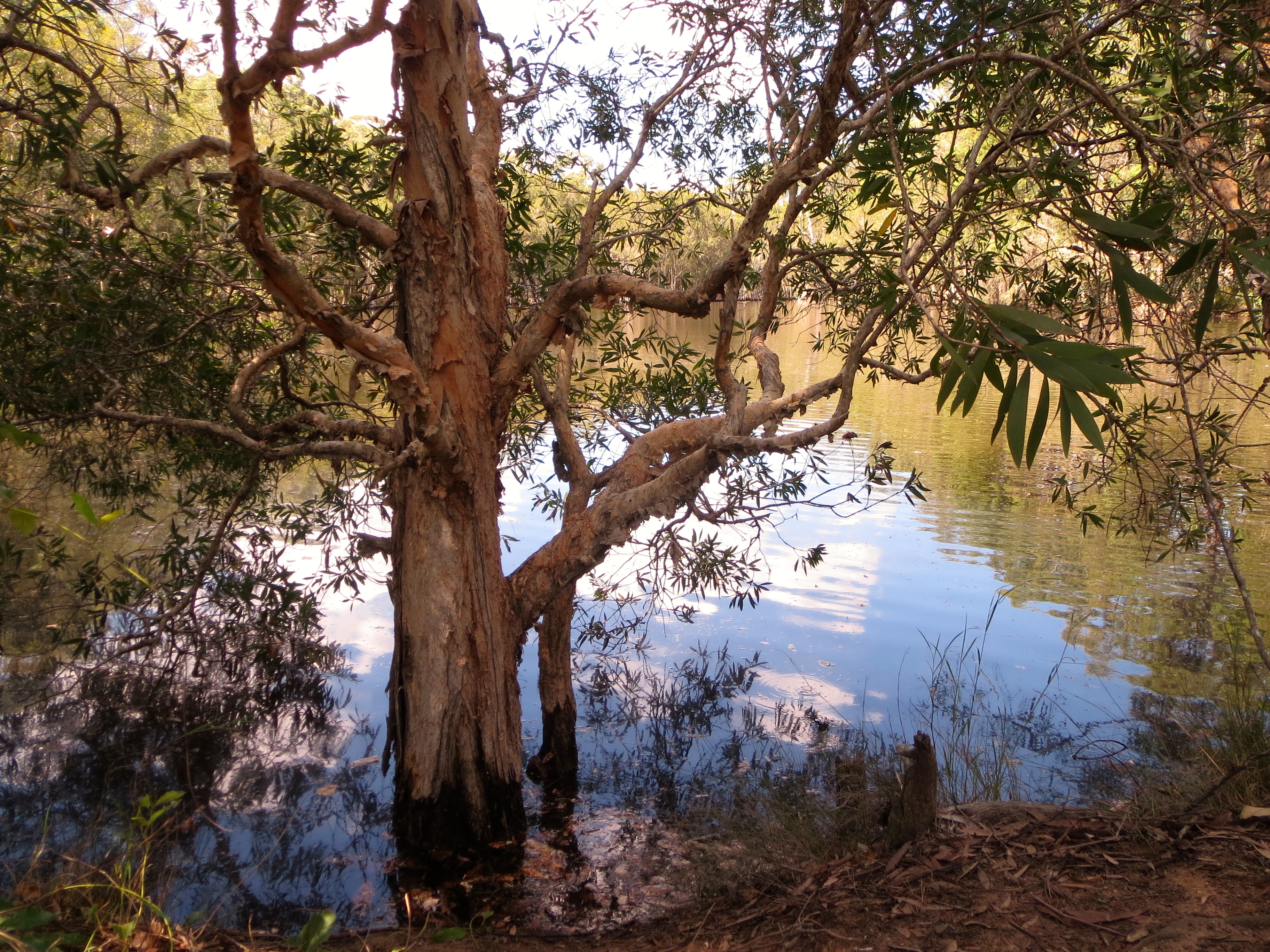”I work on the assumption that I don’t want to impose anything on the landscape. I don’t care where the landscape is… Just so long as it’s the sort of place where I can work freely.’’ Fred Williams (1978) from Queensland Art Gallery
Australian artist Fred Williams (1927-1982) may have said he didn’t care where the landscape was, but I think he did. After all, when he was in London for five years he thought of himself as a figure painter. Even his etchings were of people in the London music halls.
Place changes people. It changes the way we interact. It makes us see things differently. When Williams stepped off the boat on his return to Australia in 1956, he was struck by the light and landscape of his country. What did he want to paint? Gum trees, he said.
And that was how Williams became ”Australia’s greatest 20C landscape painter,’’ according to Angela Goddard, one of the curators at the Queensland Art Gallery in Brisbane. The National Gallery in Australia says ”he revolutionized the way we see and think about the Australian landscape.’‘
It is a pictorial representation of Australia’s conflicted identity.
Another example of Australia’s conflicted identity.

